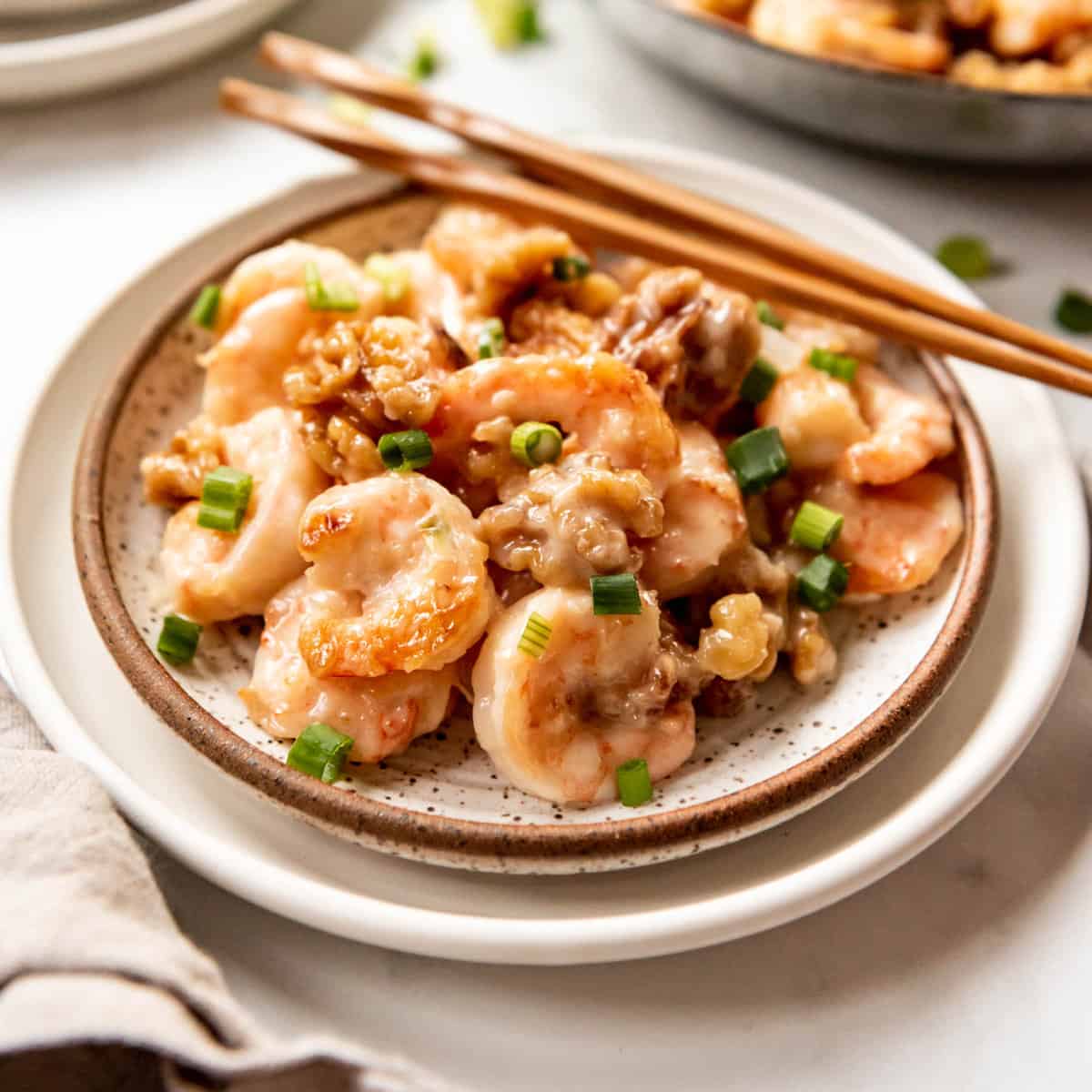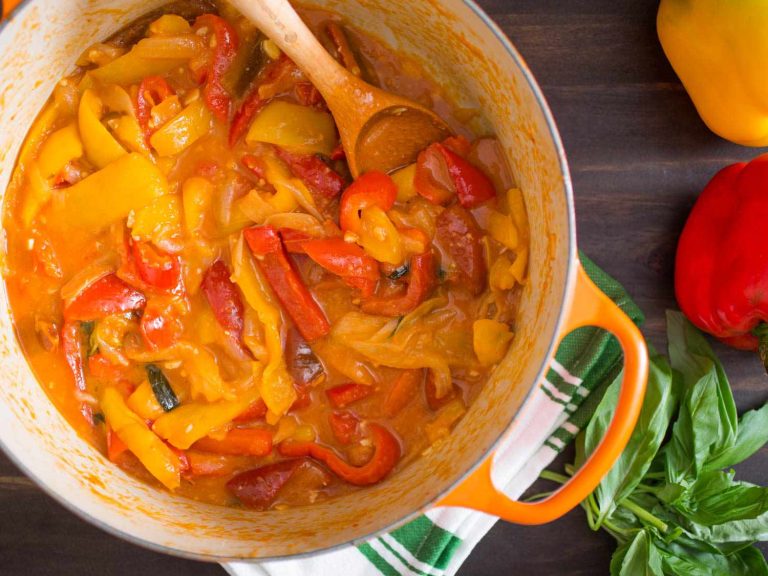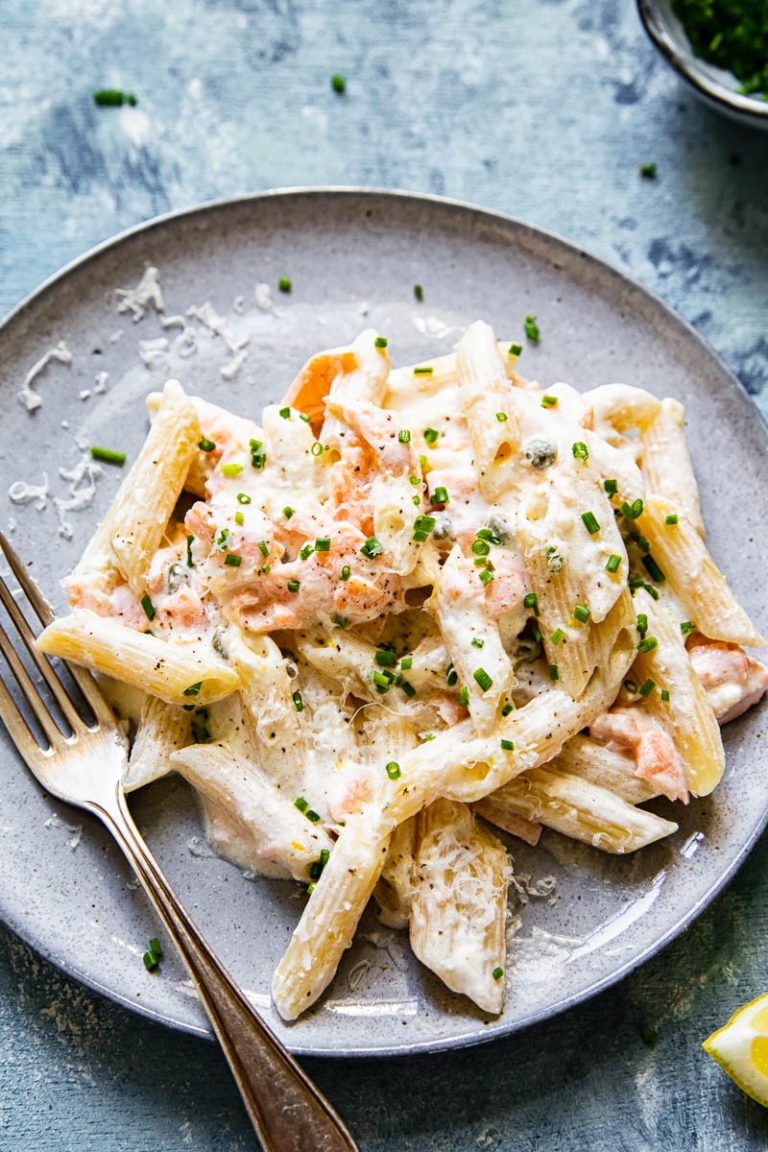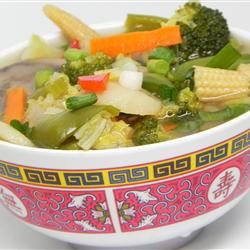Honey Walnut Shrimp in Chinese-American Cuisine
Honey walnut shrimp traces its roots back to Chinese cuisine, specifically Cantonese cooking. Traditionally, Cantonese chefs excel in creating balanced dishes that emphasize both umami and sweetness. Honey walnut shrimp emerged as a fusion innovation in the mid-20th century. Chinese immigrants in California adapted classic recipes to cater to Western palates, introducing the dish to Chinese-American restaurant menus. The combination of crispy shrimp, honey glaze, and candied walnuts quickly gained popularity among diners.
Cultural Significance
Honey walnut shrimp holds a special spot in Chinese-American culinary culture. It’s often associated with celebrations and special occasions due to its luxurious ingredients and visually appealing presentation. In Chinese culture, shrimp symbolizes happiness and well-being, while walnuts represent prosperity and intelligence. By including these elements, honey walnut shrimp not only delights the palate but also embodies cultural values and aspirations. This dish continues to be a favorite at family gatherings, banquets, and festive events, reinforcing its lasting cultural significance.
Ingredients and Preparation
Key Ingredients
Honey walnut shrimp includes specific ingredients that make the dish unique and flavorful. Here are the primary components:
- Shrimp: Use large, deveined, and peeled shrimp. Fresh shrimp contributes to the best texture and taste in the dish.
- Walnuts: Choose raw, unsalted walnuts to ensure they caramelize well with the honey and sugar.
- Honey: Opt for pure honey to provide natural sweetness and enhance the glaze.
- Mayonnaise: Adds creaminess and melds the flavors.
- Sweetened Condensed Milk: Creates a rich and consistent sauce.
- Cornstarch: Ensures a crispy texture when coating and frying the shrimp.
- Sugar: Helps in caramelizing the walnuts.
- Egg Whites: Bind the cornstarch to the shrimp for frying.
- Lemon Juice: Adds a hint of tang, balancing the sweetness.
- Prepare the Walnuts: Boil the walnuts in water for 2 minutes. Drain and coat with sugar. Heat these sugar-coated walnuts in a pan until caramelized, then set aside on parchment paper to cool.
- Prepare the Shrimp: Pat the shrimp dry. In a bowl, whisk egg whites until frothy. Dip the shrimp into the egg whites and then coat each piece with cornstarch.
- Fry the Shrimp: Heat oil in a pan to 350°F (175°C). Fry the shrimp until golden brown and crispy, approximately 1-2 minutes per side. Remove and drain on paper towels.
- Make the Sauce: Mix mayonnaise, honey, and sweetened condensed milk in a bowl. Add a splash of lemon juice for balance.
- Combine and Serve: Toss the crispy shrimp in the sauce until well-coated. Add the caramelized walnuts on top as a garnish before serving.
This step-by-step process ensures a harmonious blend of textures and flavors, creating the iconic honey walnut shrimp dish.
Nutritional Information
Health Benefits
Honey walnut shrimp offers several nutrients essential for health. Shrimp provides lean protein with low fat, aiding muscle repair and growth. Omega-3 fatty acids, found in shrimp, support cardiovascular health. Walnuts contribute antioxidants and healthy fats, promoting brain health and reducing inflammation. Honey, a natural sweetener, has small amounts of vitamins and minerals, contributing to overall wellness.
Caloric Content
A typical serving of honey walnut shrimp, roughly 200 grams, contains around 350 calories. This includes approximately 20 grams of protein from shrimp, 20 grams of fat from both shrimp and walnuts, and 30 grams of carbohydrates from honey and sauce. It’s crucial to enjoy this dish in moderation, especially if following a calorie-restricted diet.
By combining lean protein, healthy fats, and natural sweetness, honey walnut shrimp delivers not just flavor but also needed nutrients, making it a delightful yet balanced dish.
Serving and Pairing Suggestions
Best Side Dishes
Serving honey walnut shrimp with complementary side dishes enhances the dining experience. Here are some excellent choices:
- Steamed Rice: Jasmine or basmati rice balances the sweetness of the shrimp. The neutral flavor of the rice enables the dish’s creamy sauce to stand out.
- Stir-Fried Vegetables: Broccoli, bell peppers, and snow peas add color, crunch, and nutrition. The fresh and crisp vegetables provide a contrast to the rich shrimp.
- Noodles: Chow mein or lo mein noodles underline the Chinese-American theme. Their savory profiles and varied textures match well with honey walnut shrimp.
- Green Salads: Mixed greens with a light citrus vinaigrette can provide a refreshing side. The salad’s acidity cuts through the dish’s sweetness, creating a balanced meal.
Wine Pairing Ideas
Pairing the right wine with honey walnut shrimp enhances its flavors. Here are some standout options:
- Riesling: A slightly off-dry Riesling complements the dish’s sweetness and creaminess. The wine’s acidity balances the shrimp’s rich sauce.
- Chardonnay: Unoaked Chardonnay offers a crisp, clean taste that pairs well with the dish. Its subtle flavors enhance the shrimp without overpowering it.
- Sauvignon Blanc: A refreshing Sauvignon Blanc introduces herbal notes and acidity. This contrast invigorates the palate, making the meal more enjoyable.
- Sparkling Wine: A light sparkling wine or Champagne can provide festive bubbles. The effervescence cleanses the palate after each bite, making it a delightful pairing.
Adjusting the side dishes and wine selections based on personal preferences and special occasions makes honey walnut shrimp an adaptable and versatile dish for any dining setting.
Popular Variations
Regional Twists on the Classic Recipe
Regional interpretations of honey walnut shrimp highlight local flavors and ingredients. In Southern California, chefs integrate avocado slices, creating a fusion that blends creamy and crispy textures. New York’s Chinatown eateries often add a hint of sesame oil to enhance the nutty undertones. San Francisco’s versions might incorporate fresh citrus zest, adding a bright, tangy note.
Innovative Modern Versions
Modern takes on honey walnut shrimp push culinary boundaries while honoring the dish’s roots. Some chefs use tempura batter instead of the traditional cornstarch coating, resulting in a lighter, crunchier texture. Others experiment with plant-based alternatives, substituting shrimp with tofu or mushroom for vegan-friendly options. Another trend involves using alternative sweeteners like agave syrup, offering a different flavor profile and accommodating dietary preferences.
Conclusion
Honey walnut shrimp isn’t just a dish; it’s a culinary journey that bridges tradition and innovation. Whether you stick to the classic recipe or explore modern variations, there’s a version to suit every palate and occasion. Remember to enjoy it in moderation and pair it thoughtfully with complementary sides and beverages. This beloved dish continues to evolve, offering endless possibilities while maintaining its rich cultural heritage. So, next time you’re craving something special, consider honey walnut shrimp for a delightful and memorable dining experience.






